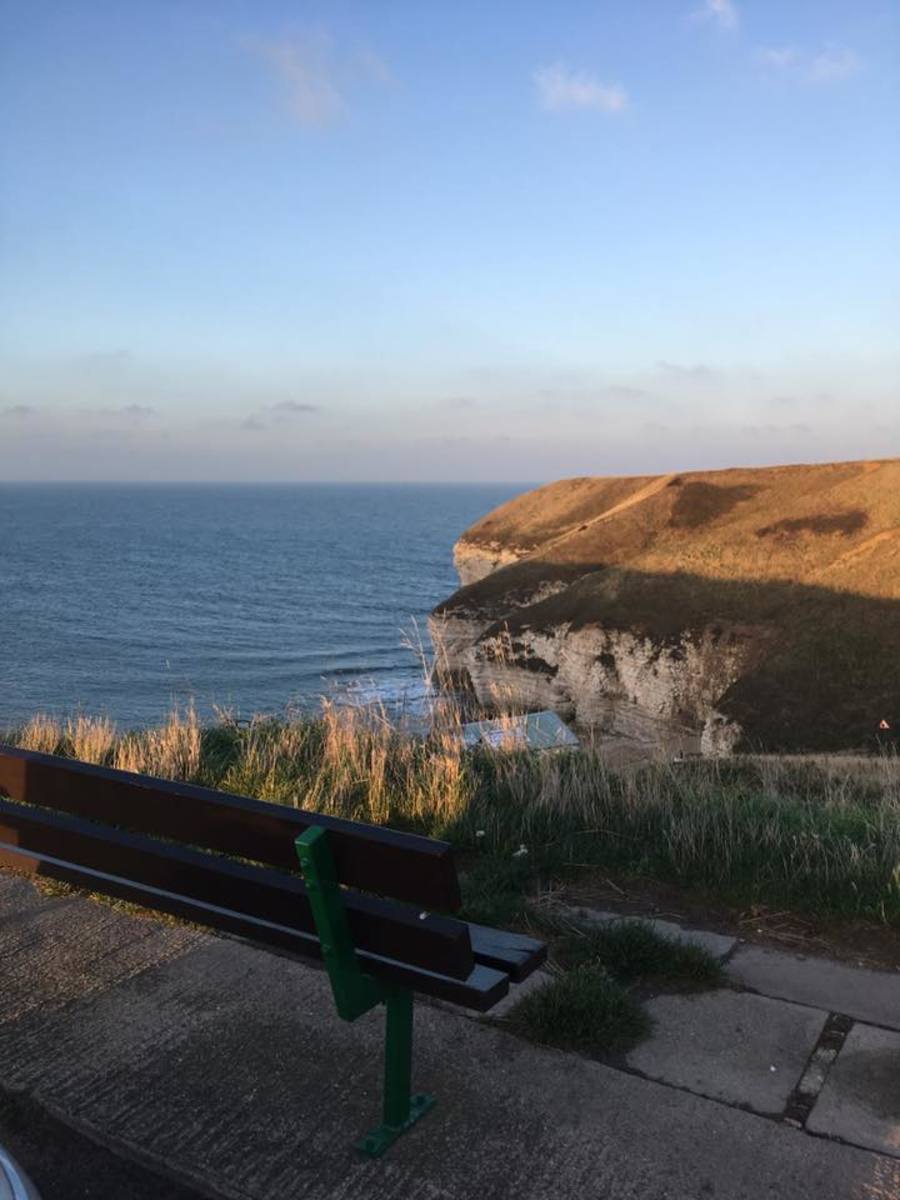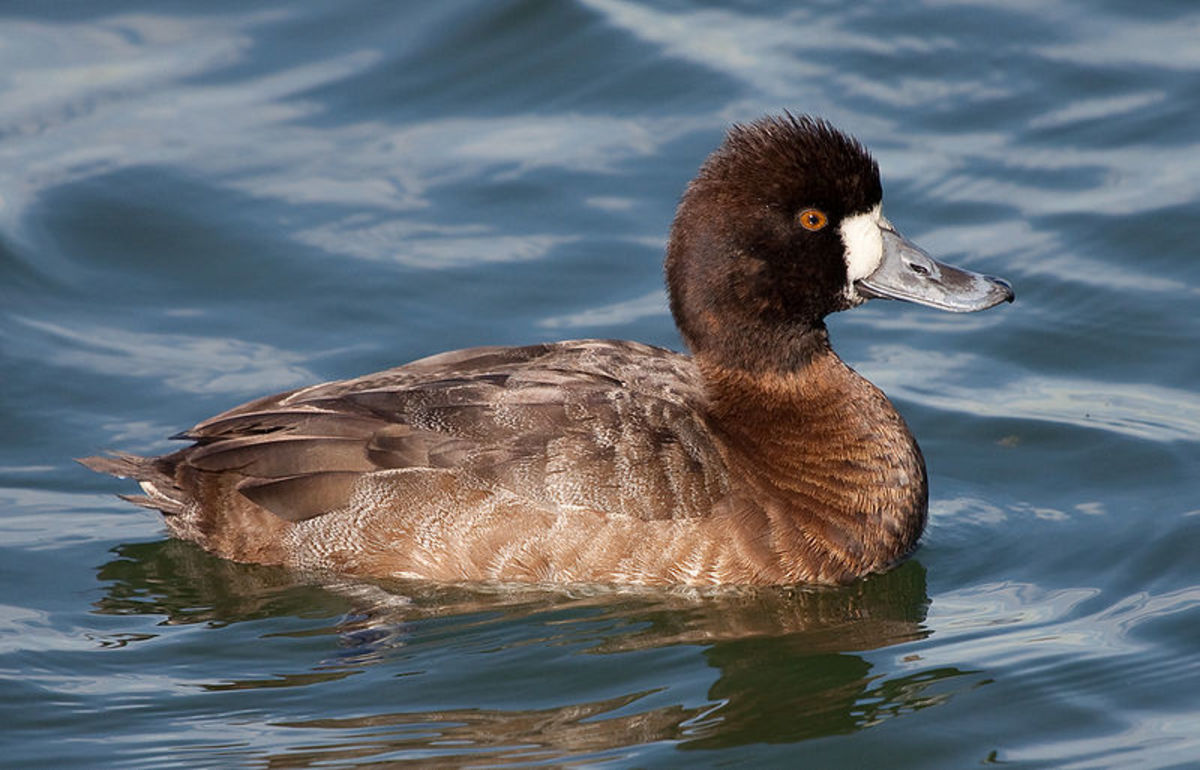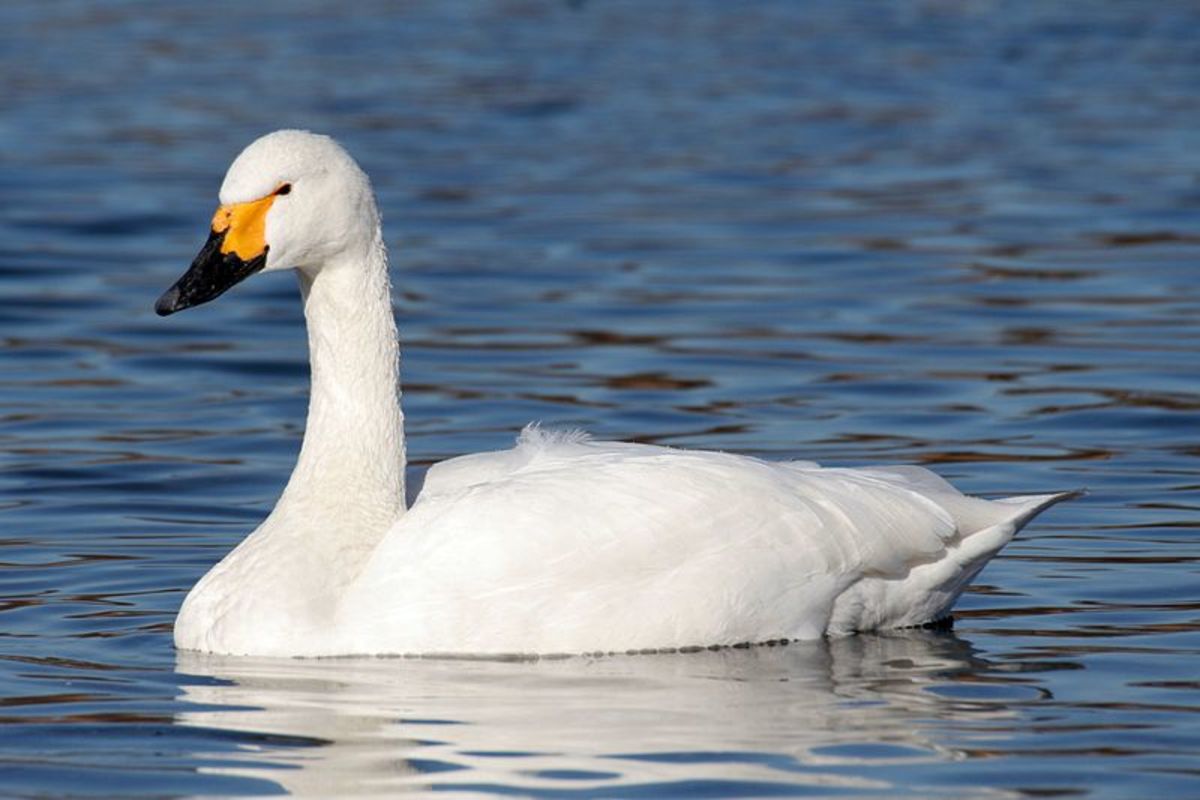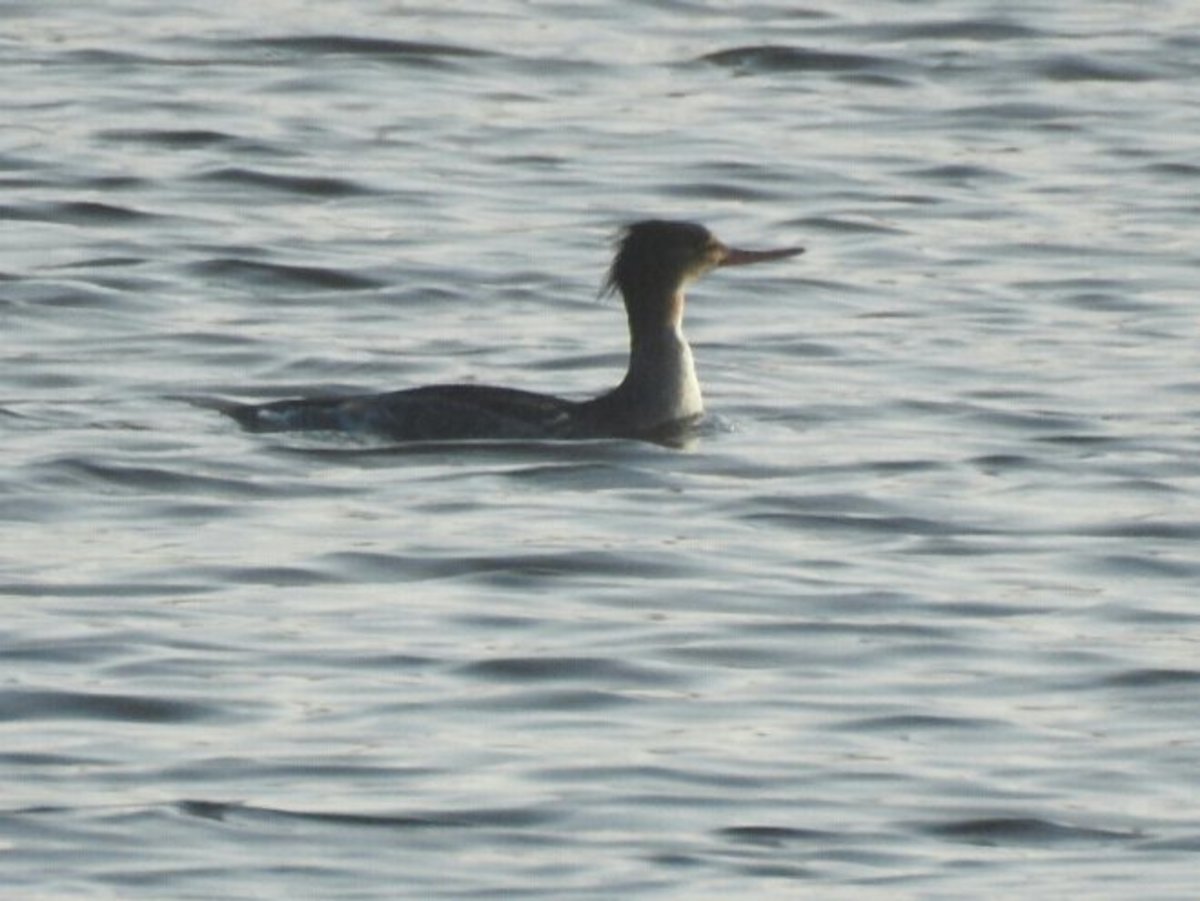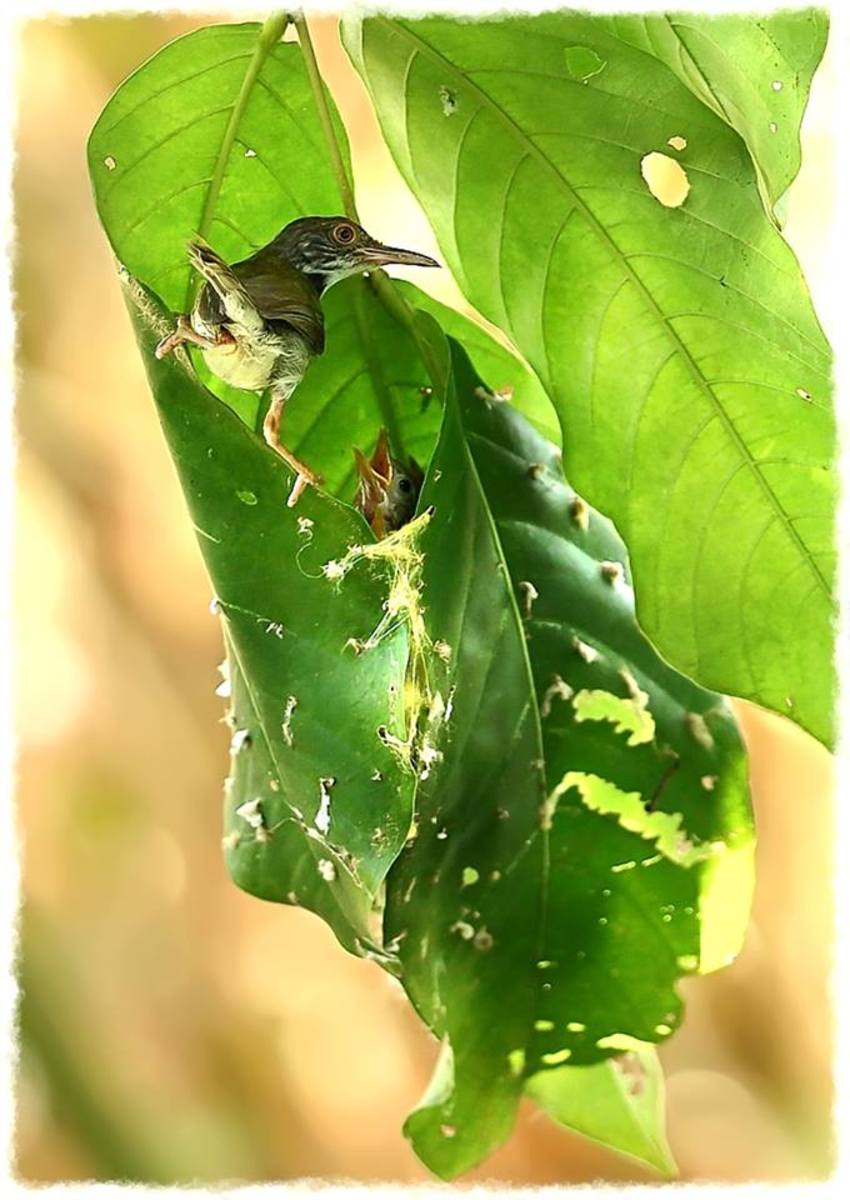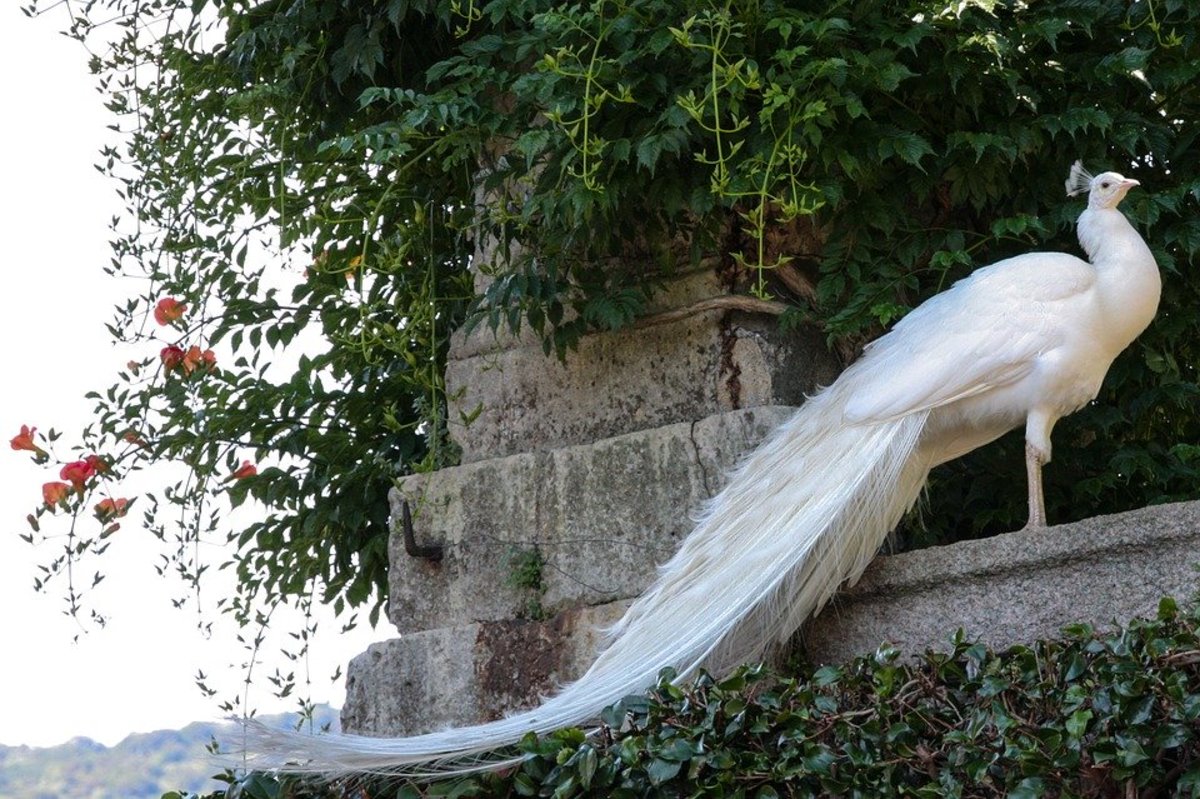Norfolk Birding Trip Report Autumn 2018

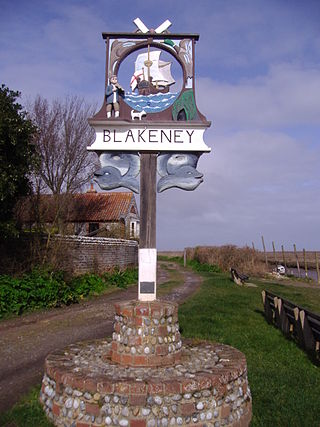
Day One: Saturday 22nd September 2018
Earlier in the year, in March to be exact I returned from a magical trip to Norfolk with all too familiar mixed feelings- of happiness of a successful trip, but also melancholy at having to return to the monotony of everyday life. At the same time though, I felt anticipation for the next trip to come. After six months, the day had finally arrived and I could hardly wait to get there.
We set off actually a little later than I had hoped, but at the same time I had promised myself that for the next few days, schedules wouldn't matter too much, just being there was enough. Normally, the journey east from Birmingham is fairly routine, but for some reason the car's inbuilt satellite navigation system decided to divert us off the M6 and onto the M69 almost right into the center of Leicester, supposedly to avoid congestion along the Motorway, but all it succeeded in doing was throwing us into the middle of more congestion in one of Britain's biggest cities.
We arrived at our temporary abode in Blakeney at a little after 2 pm, and almost straight away we were walking down The Quay, past our traditional watering hole, The Kings Arms and down a pathway known as the Blakeney Bank. It essentially gives you a tour of the Blakeney Fresh Marshes, as well as tantalising glimpses of the sea. If you complete the full circular trail, then you would end up in the next village to the East, Cley next the Sea, home of the world famous Cley Marshes Reserve.
We only did a couple of miles though, as Paula’s dog Eddie started to flag slightly, he’s an elderly gent so we turned back just as I picked up a Common Greenshank in my binoculars, that was feeding alongside a rather subdued flock of Black-headed Gulls. By far the most common birds that I saw on the walk were Common Redshank, of which I saw in excess of 50, and Eurasian Curlew, of which there were 28 by my count. One such individual fly by us closely enough that both my mother and Paula were able to appreciate the bird’s gorgeous plumage and enormous bill without having to borrow my binoculars.
The other main birding highlights from day one were seeing in excess of 30 Red Knot pass over my head and fly out to sea. There was also the sight of 5 Northern Pintail racing across the sky heading in a westerly direction. Interestingly all 5 were females. Finally, a personal highlight of mine was watching a female Western Marsh Harrier hunting or ’quartering’ over a patch of reed-bed in the hope of catching anything from a Mallard, to Common Moorhen or maybe a Little Grebe.
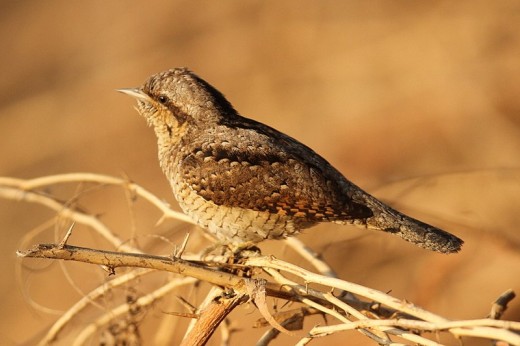
Day Two: Sunday 23rd September 2018
We awoke early Sunday morning to the hammering of heavy rain. It had been expected though, so I had spent most of the previous evening, trying to figure out what to do and where to go. Fortunately my prayers were answered after consulting my bird report app known as BirdGuides. It gives you the option of checking for any rare birds close to your current location. As luck would have it, an Eurasian Wryneck, a close but rare relative of woodpeckers had been reported from a caravan park in the nearby village of Wells-next-the-Sea. Neither of us had been there before, but the lady who ran the B&B we were staying in assured us that Wells was a pretty place, full of shops and a quaint harbour. Both my Mom and Paula were enthusiastic about that particular aspect, so that was at least a part of the day sorted.
After enjoying a fine cooked breakfast, we made the relatively short trip to Wells. The rain kept falling but more sporadically than earlier. It was as if somebody upstairs had found it funny to keep turning the tap on and off continuously. The bird was residing in a caravan park known as Pinewoods, and upon arrival it wasn’t difficult to see where the name had come from. The whole complex was literally surrounded by pine trees of various species. We drove down Beach Road, which was also aptly named as the then angry sea lay just over a high embankment to our right. To the left lay fields and the looming Pinewoods. About half a mile down the road, I spotted a crowd of birders all staring into a grove of pines, some with binoculars and gigantic lenses seemingly pointing upwards. The bird is still here I thought.
We turned into the caravan park entrance and simply parked in the visitor center car park. At first, I was little unsure of whether I was okay to park here, but the sight of other birders doing the same thing and the lack of security reassured me that I wouldn’t end up being told to clear off at least. After reassuring both my Mom and Paula that I wouldn’t be long, I gathered up my gear and prepared myself for the excitement of seeing an Eurasian Wryneck for the first time. However, I was alarmed to see the group of birders I’d seen previously moving away from their vantage point and milling around like lost sheep. I heard murmurs that the bird had flown from its arboreal resting place and taken cover under one of the many caravans. Oh no! The bird would now be difficult to locate and the rain clouds threatened to unleash another deluge upon us all.
A few other birders confirmed that the Wryneck had indeed taken cover, and whilst some of us simply stared at the pines in the hope that a Common Wood Pigeon would somehow morph into a small sparrow sized woodpecker, the majority of us started walking further down Beach Road, following the line of caravans and peering through the pines in the hope that it would pop up.
Eventually a cry from a chap who had been watching an area close to the entrance to the caravan park alerted everyone to the Eurasian Wryneck’s presence. I, and about half a dozen other birders scurried over to where the chap was standing. There was no sign of the bird, but he had seen it foraging at the base of a pine tree before it had flown off again. He showed us a hastily taken but unmistakable photo of the bird just before it had flown off.
So we were back now to milling around, but a little more purposeful this time as we scanned each gap in the pines intensely. Finally, somebody spotted it foraging on a patch of a grass right beneath a caravan window. The lucky few including yours truly saw it for long enough to appreciate it, but I was nowhere near quick enough to get a photograph, as it took cover once again. Still, I was satisfied with what was a much sought after 'lifer' and equally satisfied with how my first full day in Norfolk was going.
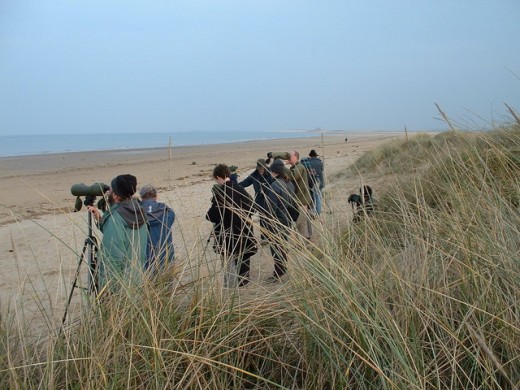
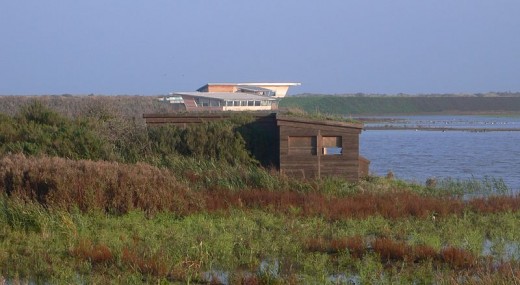
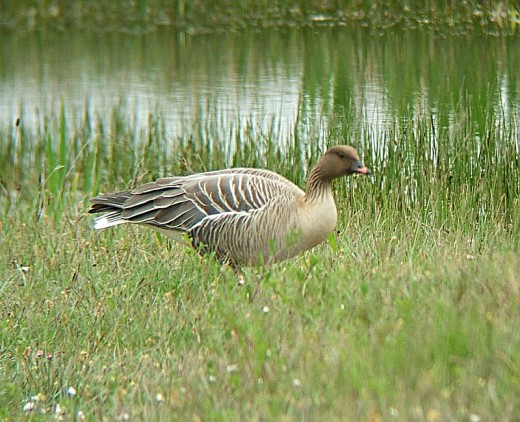
Pink-Footed Skein
Titchwell
Almost as soon as I had said goodbye to the Eurasian Wryneck, the heavens had opened again. We had moved on into Wells town itself, but the only available parking was in the harbour, and quite rightly nobody was willing to pay the blanket charge of £4.60 just to spend an hour or so wandering around, so we relocated once again. This time, we travelled further west through villages such as Titchwell and Thornham before settling in Hunstanton for a look around. For yours truly, there was little of interest, although I have to say that the sausage baguettes there are very good.
As morning turned into afternoon, both Mom and Paula had had their fill of walking around Hunstanton and were every bit as eager as me to get to one of the best birding spots you’ll find anywhere in the UK, Titchwell Marshes. If you’re a UK birder and you haven’t been to Titchwell then all I can say is what on earth have you been doing? If you’re from overseas and you happen to find yourself in the UK, then I can’t recommend Titchwell highly enough. Its a truly magical place, everything from the woodland that surrounds the visitor center, to the large pools and surrounding marshland, and best of all Titchwell Beach itself.
Admittedly, on this particular visit I neglected to walk along the Fen Trail that takes you through the vast reed-beds, instead our focus was purely on walking down the West Bank Trail, a long straight path that leads to the beach. I, in particular was eager to get there, as the unpredictable weather and high winds meant that almost anything could be out at sea. Even so, I could not resist stopping periodically to scan the marshes for anything good. I was particularly pleased with seeing both Black-tailed and Bar-tailed Godwits in the same place, and in good numbers too, with over 50 of the former and amazingly over 100 of the latter. I was also pleased with being able to pick out a Little Stint from in among a flock of mostly juvenile Dunlin.
Once on the beach, we were exposed to the full extent of the high winds. There was no shelter at all, so out came the gloves, the hat and up went the hood. The wind was so fierce that I barely heard Paula inform that me that she and my Mom were heading back to the visitor center. I gave myself half an hour to try and potentially something good like a Wilson’s Storm Petrel. Whilst the Petrel wasn’t forthcoming I was privileged enough to see almost a dozen Manx Shearwaters being pushed closer and closer to shore by the wind. If that wasn’t enough I caught sight of 3 Arctic Skuas (Parasitic Jaeger) drifting by and 2 Red-throated Divers (Red-throated Loons). The most numerous bird out in the tempestuous ocean were Northern Gannets. I managed to count 23, but there could have been many more.
After the half an hour had elapsed, I’d taken enough wind related punishment and departed the beach. As soon as I was back on the West Bank, the wind wasn't quite as strong as on the beach and I could hear myself think again. It was at this point that the true highlight of the day occurred. I heard it first, a trumpeting high pitched ’yak-ak-yak’ call that could only come from Pink-footed Geese, then wheeling around I directed my gaze upwards and saw it, a flock of incoming ’Pinkfeets’ that had just arrived from Continental Europe. They were flying in a perfect V-formation, and there were at least 150 birds in the flock. A truly awe inspiring sight and a sign that Autumn was well and truly underway.
Day two closed with a lovely meal in The King Arms at Blakeney followed by the short walk back to the cabins up the road where we staying. As Paula and I settled down to laugh at the comedy antics of John Bishop, I heard the ’yak-ak-yak’ call again from somewhere out in the gloom. Sure enough, I followed the sound, as it passed overhead. That’s right a flock of Pink-footed Geese had flown right over our cabin, all while I was sipping a cup of tea.
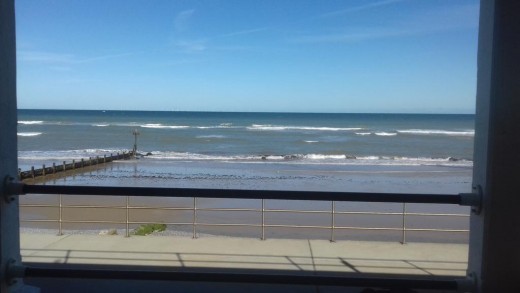
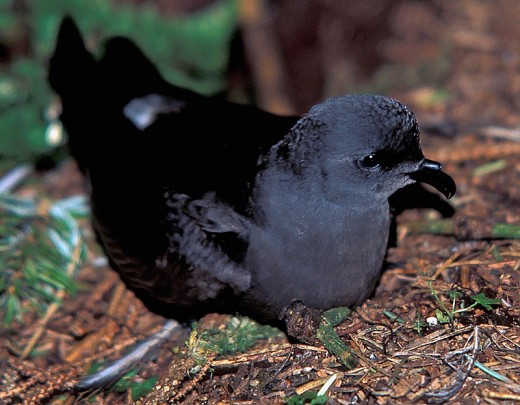
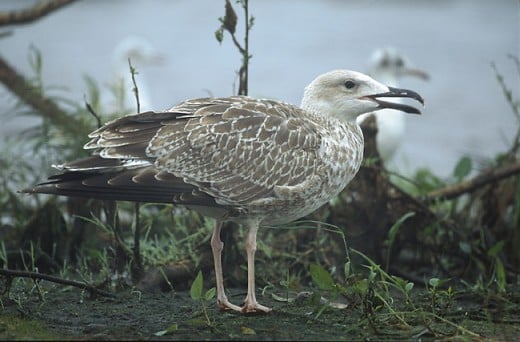
Day Three: Monday 24th September 2018
Our last day in Norfolk and as usual it had gone far too quickly for my liking. Still, I was in no rush to get back to Birmingham, so I was determined to stick around for as long as possible. The weather was completely different to the day before, with the wind and rain giving way to glorious sunshine, although the autumnal nip in the air meant it wasn’t quite shorts and t-shirts weather.
The night before, as well as reveling in Pink-footed joy, I also reflected on the difficulties of seawatching the previous day with fierce gales howling all around me. Fortunately my memory jogged to an article I'd read about birding at Sheringham, a seaside town a few miles to the East with a long Esplanade that offers fantastic views of the oceanic vista. More importantly, the Esplanade was characterized by a series of concrete bunkers, with benches set inside. For a landlocked birder with little experience of sea gales, this sounded right up my street.
After one final wander around Blakeney, we headed East towards Sheringham. Apparently its a rather delightful place to walk around, but there was only one place that perked my interest, and that was The Esplanade. There were already a fair few birders present, a few of the hardier souls had perched themselves atop the bunkers, where the effects of the wind could be felt full on, whilst people like me sheltered and shivered inside. I normally tend to shy away from other people, so elected not to plonk myself in among the other birders, but instead found a quiet little corner where I could simply gaze out to sea in peace.
I won't go into much depth about what I saw, but will say that seawatching at its best can be thrilling and unpredictable, and at its worst it can be downright boring. Its often been likened to war, with long periods of boredom and brief moments of excitement. The three and a half hours I spent at Sheringham was very much a mixture of the two. The storms of the day before had passed and had been replaced by beautiful sunshine, albeit with a stiff Easterly breeze. It was my hope that the storms of the day before may have caused a rarity to stray off course. In the end, I got my reward in the form of four priceless year ticks- firstly a single Great Northern Diver (Common Loon) that flew past heading West, then 3 Red-necked Grebes, and finally the biggest highlights of the day so far, a single European Storm Petrel and even better shortly after the aforementioned Petrel, a close but rarer relative flew past, a Leach's Storm Petrel. Its considerably larger than the more regular European Storm Petrel and the prominent pale covert band on its wings made identification easy. I had read a report of a Leach's Storm Petrel flying past Sheringham the day before, so was delighted to have seen one myself. Moreover, it was yet another 'lifer' for me, so couldn't help but smile at another tick.
After savoring a much needed spot of lunch, we moved onto Cromer, another pretty coastal town, and the current home of a long staying juvenile (2nd-winter) Caspian Gull, that had been favoring a particular patch of beach, conveniently close to the Pier. Even more conveniently, the Caspian Gull was totally alone, making identification relatively easy. To the untrained eye, it looked just like another one of the many European Herring Gulls that frequented the town, but this bird had a whitened head and breast with a coarse brown 'shawl' on the side of its neck. Moreover its posture was more upright than your typical Gull and its legs were somewhat longer, all typical features of a young Caspian Gull.
As the afternoon whittled on, my mind diverted away from birding and towards the impending drive home to the Midlands. However, there was still time for one last little bit of excitement.
The Best Places To Stay And Eat
- Welcome to the Kings Arms Blakeney North Norfolk
My traditional feeding and watering hole whenever I venture to Norfolk. I can personally vouch for their Lasagnes and my dog was a big fan of their sausages. - Westons Wood Cabins B&B - B&B in Blakeney, Norfolk
I've stayed in the Wood Cabins a couple of times now and they really are top drawer. The neighborhood is peaceful and quiet. Moreover you're only a short walk from Blakeney Point.
The Highlight That Wasn't
I checked my phone for the umpteenth time, mostly to just check the time more than anything else. I kept telling myself that I'd give it five more minutes, but almost as soon as I'd put it back in my pocket, it bleeped at me- the bleep signified a notification from my BirdGuides, but this was no ordinary sighting, this was a 'mega' the birding equivalent of a unicorn. I quickly fished out my phone and digested the report of a Black-browed Albatross literally just down the road at Winterton. Furthermore it was apparently heading up the coast towards Cromer. I could hardly contain my excitement, as I began scanning the sea frantically hoping to pick up the wanderer from the South Atlantic. My phone bleeped again. This time the bird had been sighted drifting past the town of Eccles on Sea- it was getting closer, surely it was only a matter of time.
Finally, as the town clock ticked towards 5 pm, I saw what looked like the Albatross. Wait! Don't get too excited I told myself- it could be a juvenile Gannet. No its too big! Blimey its a long way out! My mind was a maze of questions and analysis. I fished out my phone and proceeded to type out notes that might help me with ID. Long, narrow, dark wings, dark tail, Fulmar like profile. Frustratingly the bird's great distance made it difficult to examine the head, which would have clinched the ID. I agonized over the ID features and read my notes continuously until my phone bleeped again, another report and this time it came from Cromer. Somebody else had seen it, I thought. Sure enough, a quick examination of Twitter revealed that a fellow birder had reported the Albatross as present at exactly the same time as I'd seen it. Moreover, he described the bird as distant and drifting further out to sea. So it was an Albatross that I saw, I thought to myself. I never met the other observer unfortunately. Instead I hastily packed up my belongings so that I could tell Paula and my mother the good news. This for me, was the lifer of all lifers. However, there would be a twist in the tale.
Prior to setting off home I sent off a celebratory tweet informing my birding followers of my success, and as we made our way back to the Midlands, my phone pinged continuously. However, once safe and sound back in Birmingham, a look at my phone revealed a few interesting replies in among the many likes. I had been alerted to a series of pictures that had appeared on the Twitter feed of one of the gentlemen who had originally reported the bird at Winterton. The pictures were fuzzy but undoubtedly showed a juvenile Gannet, not a Black-browed Albatross! I remember the blood draining from my face. Oh no! So what the hell was it that I saw?? There were questions from other birders. I cursed myself for not attempting to take a picture, instead all I could provide was circumstantial evidence. In my own mind, in light of the new evidence, I had already told myself that I’d most likely seen nothing more than a strikingly plumaged juvenile Gannet. At the same time though, I was desperate for someone to come forward to confirm the original report. The original finder posted more pictures, heavily cropped ones, but all that did was further confirm that all he had found was a juvenile Gannet. With that, my mind was clear, and I duly removed the Black-browed Albatross from my life list.
Despite the rather bittersweet ending, the overall trip was amazing, and one that I will never forget. The next day, I spent an hour or so watching the regular avian visitors to my Birmingham garden. I reflected on the fact that just a day or so before I’d heard a flock of Pink-footed Geese fly over my cabin. What wouldn’t I give for a sight like that at home.
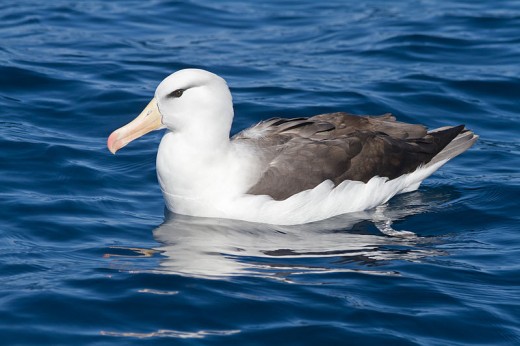
© 2018 James Kenny

